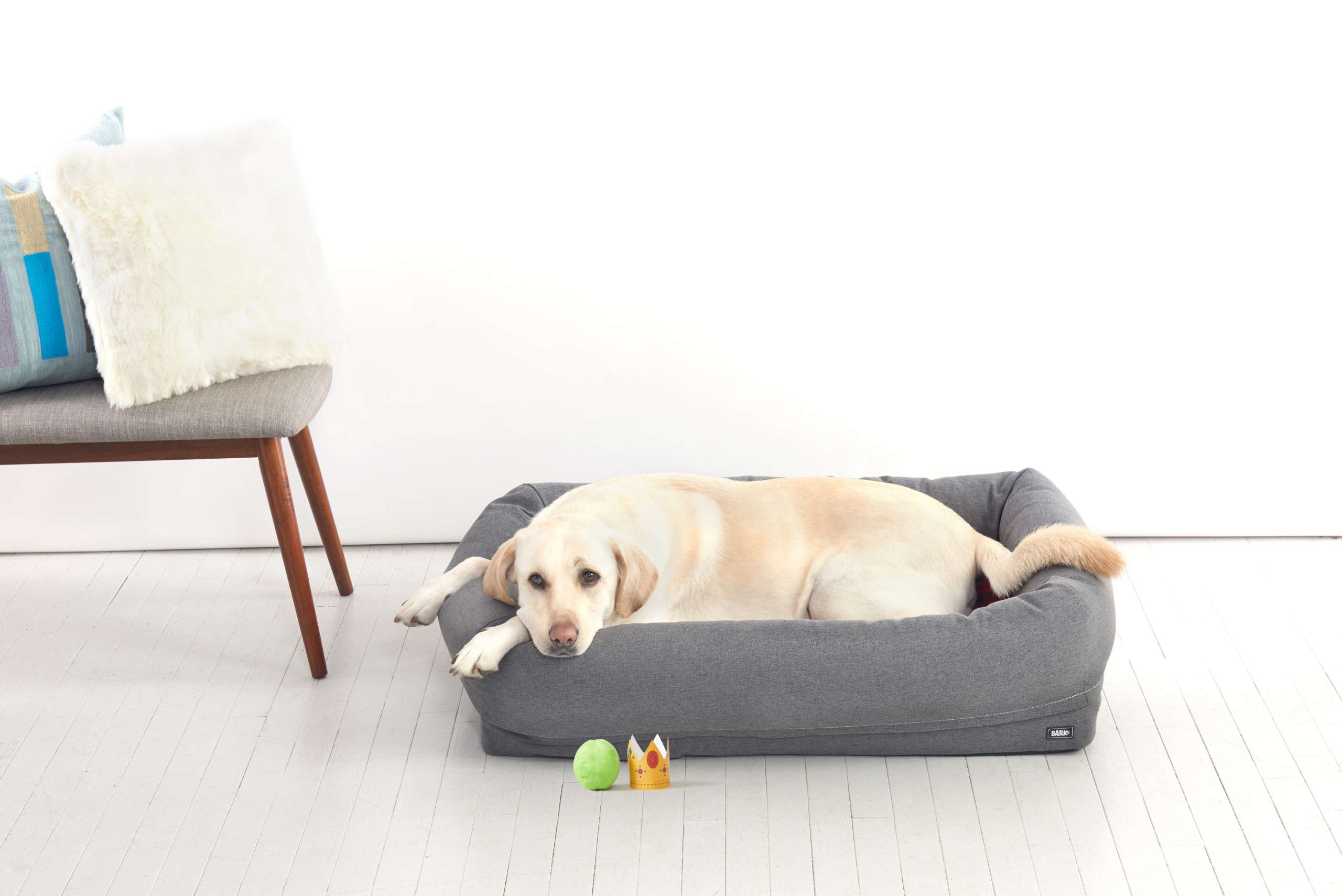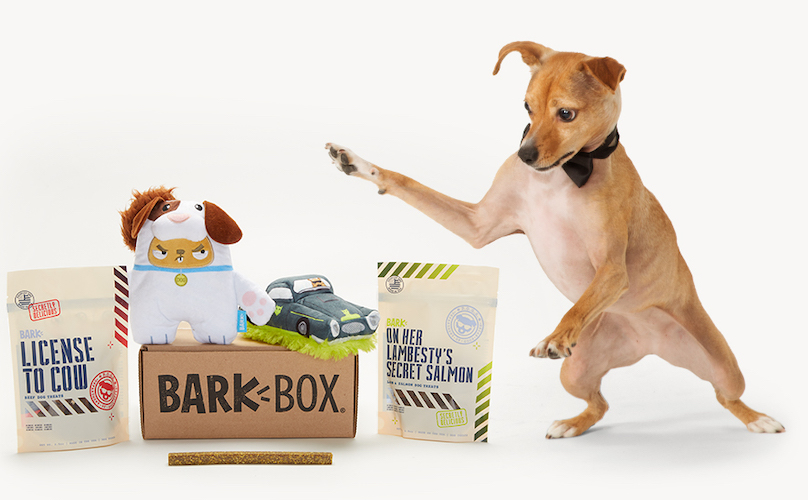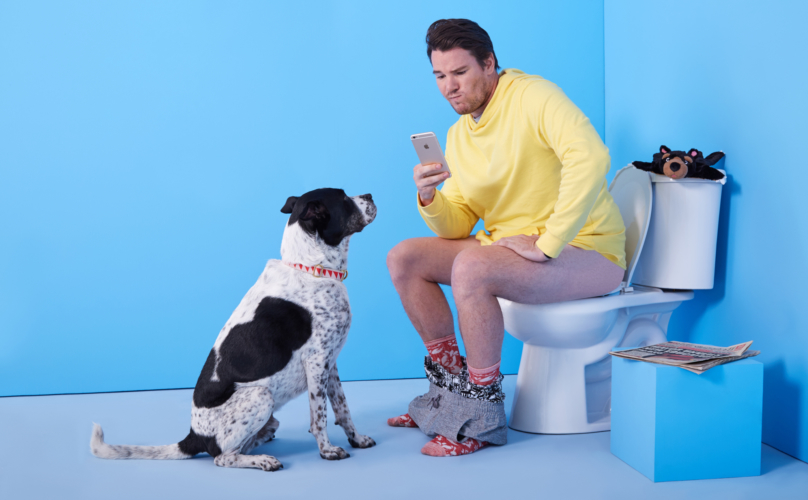Ever noticed that the more you seem to prepare for a storm, the less the wind blows? You tape up the windows, stock up on canned food, and round up all of your cookie-scented candles only to wake up to a mere pitter patter instead of the forecasted 12-16 inches? Still, if the worst should happen, you’ll be glad you were prepared.
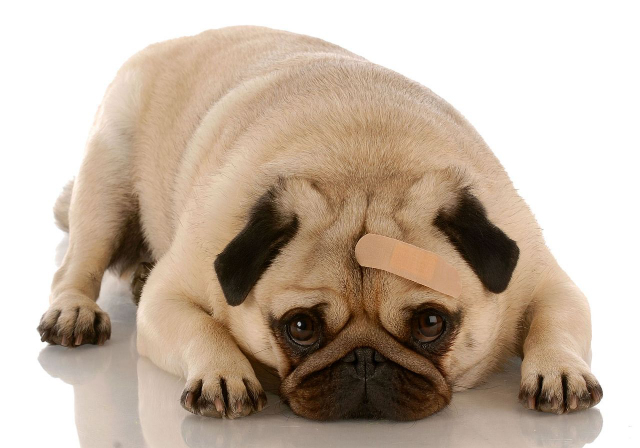

If you already have a fully-stocked kit at home (and in the car) for which you meticulously have a dedicated Excel spreadsheet to keep track of which items to replenish as they expire, then we admire you. Your friends probably love to get hurt at your house.
For the rest of us, here’s a list of things you can add to your dog’s first aid kit (which you’ll be putting together as soon as possible, right? 😉 ) so your precious pooch is covered in case of any boo-boos. Having a first aid kit is not a replacement for proper veterinary care, and you should definitely contact your pup’s vet if anything seems wrong.
1. Emergency phone numbers (Veterinarian, Emergency vet, Animal Poison Control Center)
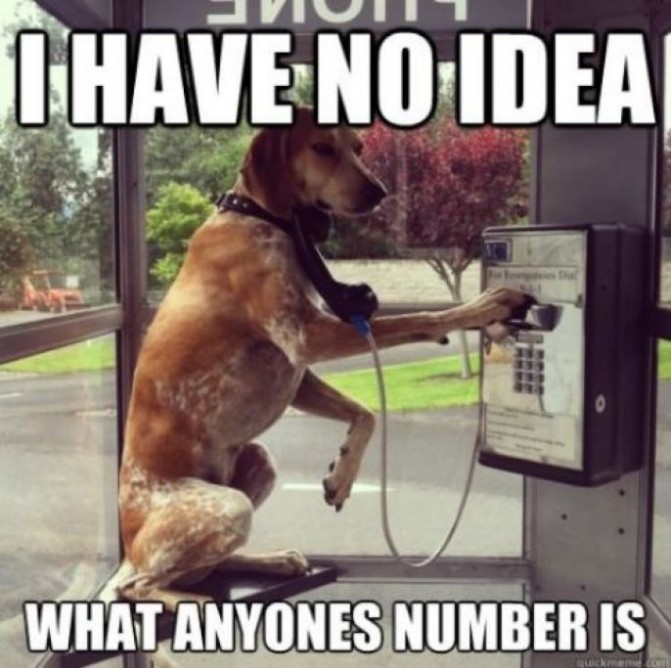

3 am is NOT the time you want to be frantically Googling where the nearest 24-hour emergency vet is located…especially if your dog has turned into a vomit rocket. Bonus points for anyone who saves it to their phone on speed dial.
2. Gauze and adhesive tape


Good for mummying. Okay, so maybe you can save the mummying for Halloween, but gauze can help you control bleeding, immobilize suspected fractures, and serve as a makeshift muzzle, if necessary. However, if your dog is vomiting or having trouble breathing, a muzzle shouldn’t be applied.
3. Digital thermometer
Sorry, dogs. This one goes up your bum.
4. Hydrogen peroxide
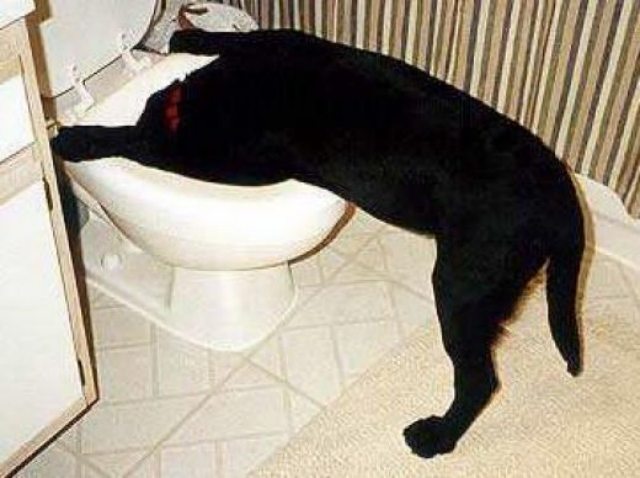

Not just good for cleaning wounds, you want to have this at a paw’s reach in case Animal Poison Control advises you to get your dog to vomit. Your dog might dislike you for a while, but every second counts if they swallow something poisonous.
5. Ice pack
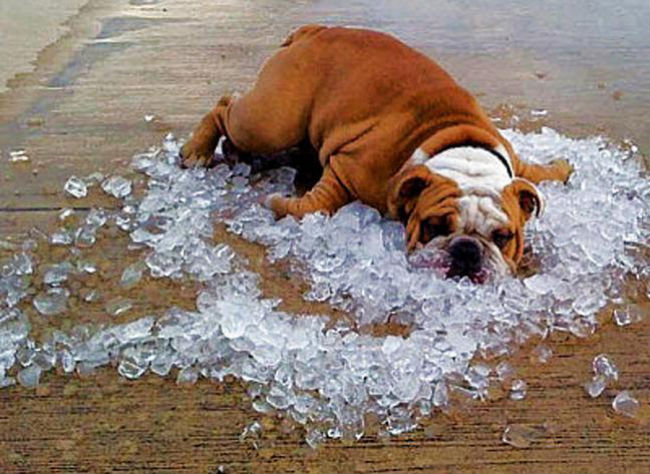

Make that a hot and cold pack. Hot for stiff joints or muscle pain, cold for keeping the swelling down as you make your way to the vet. Cold packs can be a crucial asset for preventing heatstroke in the summer as well.
6. Scissors
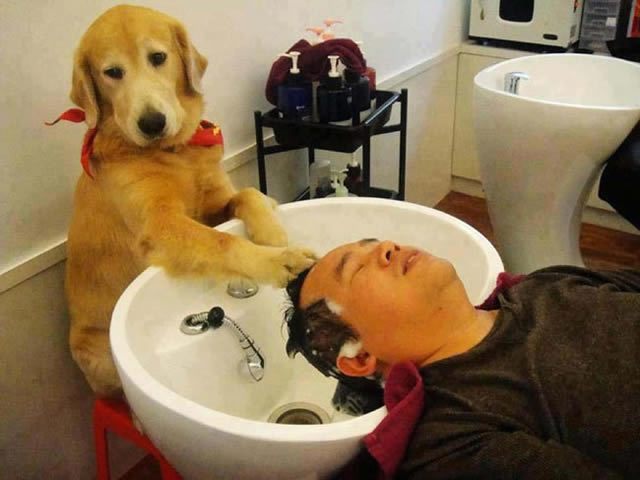

No, not so your dog can give you a haircut (although I’m sure he is a fabulous stylist). You’ll need them to cut bandages, cut adhesive tape, or get burrs or gum out of your dog’s hair.
7. Sterile saline eye wash


If your puppy gets debris or a harmful substance in his eyes, you won’t have time to get him to the vet before serious damage to his eyes occurs. Flushing his eyes out with sterile saline solution could prevent long-term damage.
8. Diphenhydramine (Benadryl)
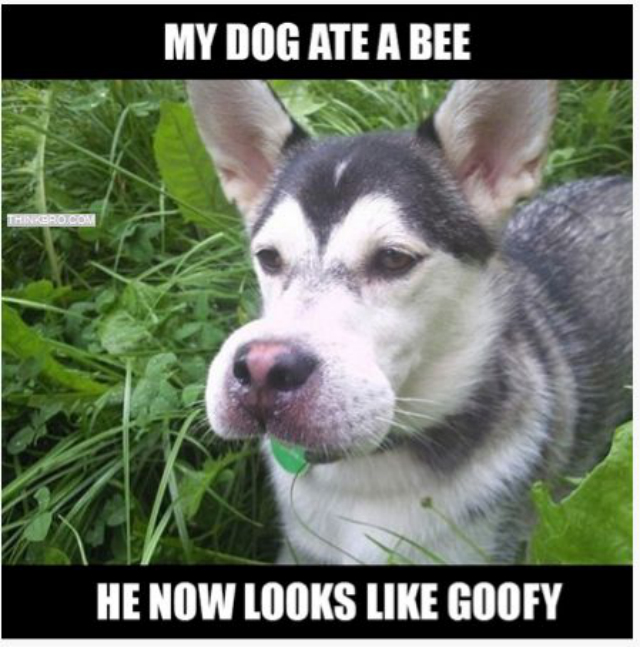

You should always ask your dog’s vet before administering any medication. Medicine that’s okay for people to use may be fatal to your beloved pet. Used as an antihistamine, Benadryl could be useful in the case of a severe allergic reaction to a bee sting.
9. Antibiotic ointment


Crusoe says, “Put some antibiotic ointment on small cuts and scrapes to prevent infection!” Look at that face. Would you say no to Crusoe? No, we didn’t think so either.
10. Towel or blanket


Swaddling your dog may help calm him down, which will make it easier for you to assess the seriousness of the injury. You can also drape the blanket or towel over car seats to avoid getting bodily fluids all over the backseat.
11. Tweezers


No, not for fabulous doggy eyebrows. Maybe you live in a woodsy area inhabited by ticks. Maybe your dog likes to hug Bambi. Whatever the case, having tweezers in a designated spot means you’ll be prepared to yank that blood-sucking tick off your dog’s body.
We hope this list helps you start your own first aid kit for your sweet pup. Although no one ever expects to use it, it could possibly be a lifesaver in case of an emergency.
But, if you don’t have the time to put all these together, then just grab Boltwell’s B7 Emergency Pack for pets from BarkShop!




